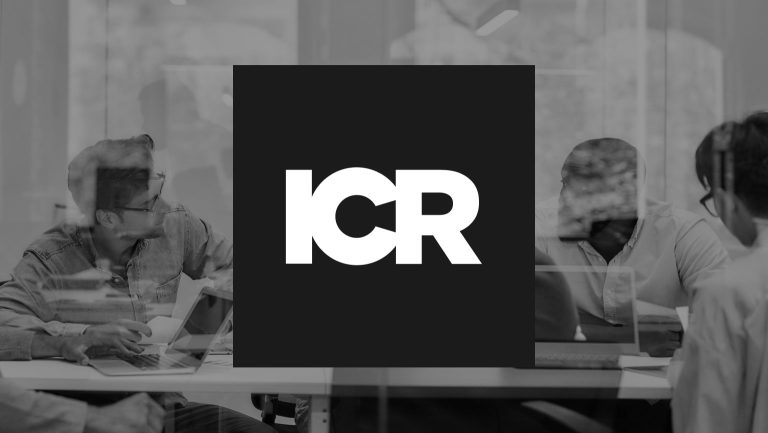A traditional initial public offering (IPO) isn’t the only way for companies to list their shares on a public exchange. Today, companies have several alternate options, including a direct listing, in which only existing shares are sold, and there is no underwriter involvement.
There are challenges and benefits to every path to the public markets, so it’s important to carefully compare a direct listing vs. IPO. Below, we share eight things you should know as you consider which path is best for your company.
1. Direct Listings Typically Aren’t Focused on Raising Additional Capital
One of the main differences between a direct listing vs IPO is that through a traditional IPO, a company issues new shares of its stock, while companies that choose direct listings sell only existing shares. Companies that pursue direct listings are generally not focused on raising additional capital, which is why they do not need to issue new shares. Rather, these companies often want the other benefits of going public, like liquidity for existing shareholders, the ability to access the public market for capital in the future, or the stature and benefits of transparency that come from public company reporting.
2. A Direct Listing Is a Lower Cost Option Compared to an IPO
When you compare a direct listing vs IPO, you will find that direct listings have far lower fees associated with them than IPOs, since companies do not have to enlist and pay underwriters. Instead, stakeholders who already hold shares of company stock can directly sell those shares to the public. Companies that pursue traditional IPOs must pay for the services of underwriters, who facilitate the process of going public.
3. Through a Traditional IPO, Companies Receive More Support
While companies that choose IPOs must pay for the services of underwriters, they also receive support from investment banks to market stock and drive sales. Companies that choose direct listings do not receive the same type of investment bank sales and marketing support and need to make direct arrangement to receive sell-side analyst research coverage.
4. A Direct Listing Isn’t Ideal for All Companies
Because an underwriter isn’t involved in direct listings, companies that choose this option must be attractive to the public on their own. Generally, this means that companies are consumer-facing, have a strong and recognizable brand, and have an easy-to-understand business model. This can help ensure that the broad investment community is aware of the company and interested in purchasing its shares. Some recognizable companies that have successfully gone public through the direct listing process include Spotify, Slack, Roblox, and Coinbase.
5. Direct Listings Can Be More Volatile
In a traditional IPO, the share price is negotiated before the company goes public. In a direct listing, however, the share prices depend solely on supply and demand at the time of listing. On the listing day, current shareholders must want to sell their shares and investors must want to purchase shares – and those factors determine the initial share price. This can make pricing less predictable.
6. Direct Listings Do Not Have a Lock-Up Period
By choosing a direct listing, companies avoid a lock-up period. This is a period of time that typically follows a traditional IPO, during which existing shareholders can’t sell their shares in the market. This prevents an oversupply in the market, which could decrease the share price, and also gives confidence to new investors that existing investors are not just cashing out. A direct listing obviously does not have a lock-up period as all of the shares being sold are being sold by existing holders.
7. For Both Options, Companies Must File an S-1
Whether a company pursues a traditional IPO or a direct listing, they must file an S-1 with the U.S. Securities and Exchange Commission (SEC) at least 15 days in advance.
8. Both Paths Lead to the Public Market
While there are several differences between a direct listing vs IPO, both paths lead to the public market. That means that once the company is public – regardless of which method it used to get there – it is bound by the regulations and requirements of the SEC, including financial disclosure, and annual reports.
If your company is on the path to going public, it’s important to evaluate each available method and decide which is the best option for your company. Get a more in-depth look at direct listings in our eBook, “Guide to Direct Listings: Benefits, Challenges, Mechanics and More.”



